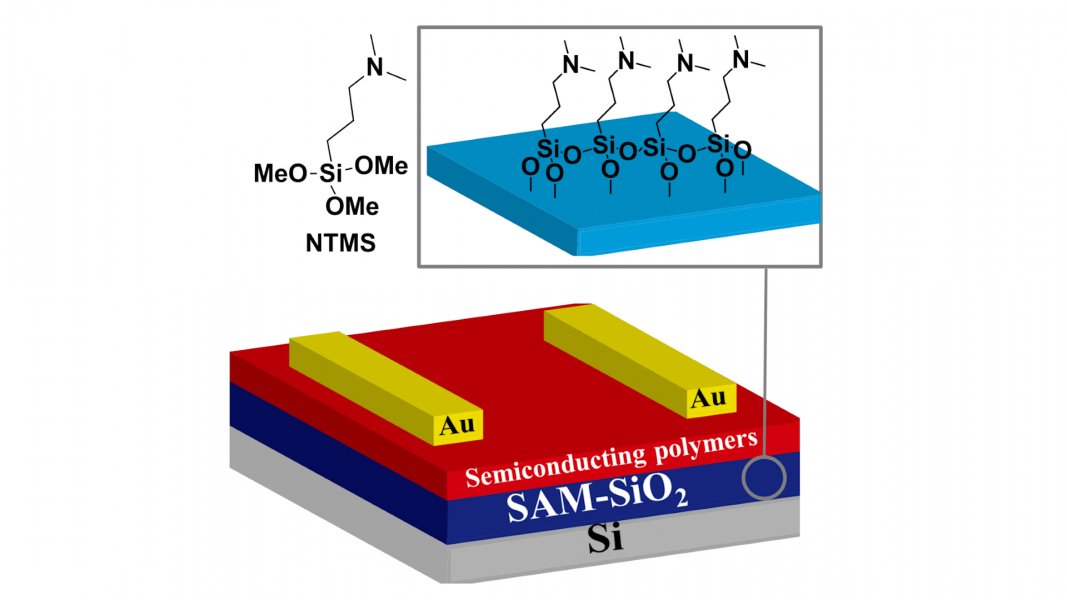Solution-processable semiconducting polymers could enable large-scale manufacturing of circuits used in flexible electronic devices. All-polymer solar cells, for example, rely on donor–acceptor-type semiconducting polymers, so the design and synthesis of new high-performance polymers is required.
In a communication in Advanced Materials, Dr. Yang Wang, Prof. Tsuyoshi Michinobu, and colleagues from Tokyo Institute of Technology describe a novel synthesis protocol for a series of high-molecular-weight n-type semiconducting copolymers that demonstrate high electron mobilities in unipolar n-channel organic transistors.
Prof. Michinobu: “Semiconducting polymers are receiving considerable attention in both fundamental and applied research fields, due to their potential applications in electronic devices. However, the development of high-performance n-type semiconducting polymers it still challenging.”
Dr. Wang: “In this work, using palladium copper cocatalysts and chlorobenzene as the solvent, we are able to achieve high-quality n-type semiconducting polymers, with a molecular weight up to 100 kg per mol.”
Increasing the molecular weight of the polymers was shown to enhance the electron mobilities in the thin-film-transistors (TFTs).
“In addition, by introducing sp2-nitrogen atoms into the polymer backbone and using an amine-tailed self-assembled monolayer, unipolar n-channel organic transistors with high electron mobility over 5 cm2 V–1 s–1 are achieved.”
Modifying the Si/SiO2 surface with a self-assembled monolayer (SAM) of amine-functionalized trimethoxysilane achieves near-perfect unipolar n-type TFTs. The TFTs based on the polymer dithiophene-thiadiazolebenzotriazole (pSNT) showed remarkably high electron mobilities, which can be attributed to the highly crystalline SAM microstructure. The researchers suggest that the high electron mobilities and superior crystallinity are a result of the addition of diazole, containing two sp2-N atoms, in the benzothiadiazole (BT)-based triple-fused ring.
To find out more about these high-performance n-type semiconducting polymers for TFTs, please visit the Advanced Materials homepage.

















